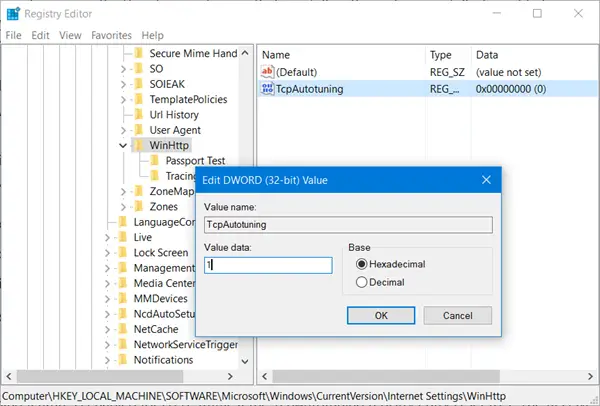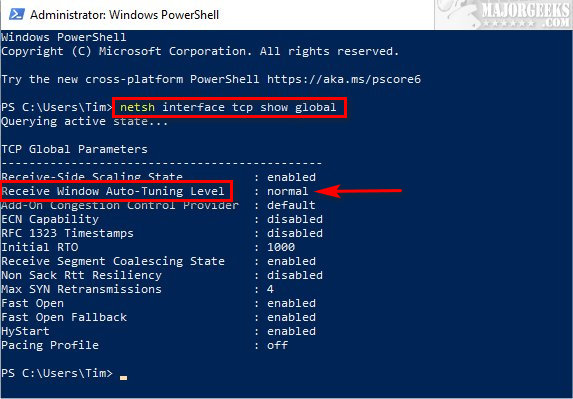Should I Disable Windows Auto Tuning
Scroll endurance wireless mouse mac os free. J-Tech Digital Scroll Endurance Wireless Mouse Ergonomic Vertical USB Mouse with Adjustable Sensitivity (600/1000/1600 DPI), Removable Palm Rest & Thumb Buttons - Reduces Hand/Wrist Pain. Aug 08, 2013 I roll my finger down the mouse, exactly as in the guidance illustrations - and absolutely nothing happens. All this does is bring up a scroll bar on the right-hand side, so I then have to move over & use the scroll bar - something I've not had to do for years. Amazon.com: mac vertical mouse. Logitech MX Vertical Wireless Mouse – Advanced Ergonomic Design Reduces Muscle Strain, Control and Move Content Between 3 Windows and Apple Computers (Bluetooth or USB), Rechargeable, Graphite. J-Tech Digital Scroll Endurance Wired Mouse Ergonomic Vertical USB Mouse with Adjustable Sensitivity (600/1000. Free 2-day shipping. Buy J-Tech Digital Scroll Endurance Wireless USB Mouse with Adjustable Sensitivity (600/1000/1600 DPI) at Walmart.com.
- Jun 02, 2018 Should I disable Window Auto-Tuning? Advanced Search. Windows 10; Should I disable Window Auto-Tuning? Similar Threads. Should I buy my friend's used laptop? By Windows Central Question in forum Ask a Question Replies: 3 Last Post:, 08:35 AM.
- Aug 17, 2016 Microsoft has published a statement noting that disabling Auto-Tuning will definitely limit your internet speeds, and it won’t improve it one bit. The company also says that the feature is consistent throughout all modern operating systems, not just Windows, and you shouldn’t disable it. How to disable ‘Window Auto-Tuning’ on Windows 10.
Windows 10: Disable auto tuning Windows 10. Discus and support Disable auto tuning Windows 10 in Windows 10 Network and Sharing to solve the problem; Can i disable auto tuning windows 10? Discussion in 'Windows 10 Network and Sharing' started by SurajitGhosh2, Oct 5, 2018.

No. We highly recommend all users let Microsoft Windows choose the best initial, maximum, and minimum settings for their virtual memory (page file). Disabling or setting the page file size too small can reduce system performance and cause instability and crashes within Windows.
What if I doubled or tripled the page file size?
Increasing page file size may help prevent instabilities and crashing in Windows. However, a hard drive read/write times are much slower than what they would be if the data were in your computer memory. Having a larger page file is going to add extra work for your hard drive, causing everything else to run slower.
Page file size should only be increased when encountering out-of-memory errors, and only as a temporary fix. A better solution is to adding more memory to the computer.
I have plenty of RAM, should I disable the page file?

No, the page file is what helps keep your computer stable. Although you may think there is enough memory in your computer to handle all the programs it runs, you can still exceed that limit, which may cause program errors and even system crashes. Some programs also rely on there being a page file. If the page file is missing or not available, the computer gets random errors or the programs will not work.
Should I disable the page file so it can be defragged?
Many people recommend disabling the page file so that it can be defragged. While it is true that Windows Defrag will not defrag any file in use, there are Defrag utilities capable of performing this task. For earlier versions of Windows (Windows XP, NT 4.0, 2000, and Server 2003) we recommend PageDefrag, which defrags locked files including the page file as the computer boots into Windows. Later versions of Windows no longer support this utility.
I read the page file size should be 1.5x or 2x the amount of memory installed
There are hundreds of online sites and optimization pages that claim the page file size should be 1.5x, 2x, or something similar to the amount of memory installed on your computer. However, this does not take into consideration other important factors and system settings that may be unique to your computer. Again, let Windows choose what to use instead of relying on some arbitrary formula that worked on a different computer.
Ok, but should I put the page file on another partition or drive?
On a different partition
No. Storing the page file on a different partition of the same drive as Windows increases the hard drive seek times and will reduce system performance.
On a different drive
Configuring your page file to be located on a different drive or partition may deliver a slight increase in performance. If you plan on putting the page file on a separate drive, create a partition large enough for it and only keep the page file in that partition. For almost every Windows user, we still recommend letting Windows manage the page file on the primary drive.
I have an SSD, should I use a non-SSD for a page file?
There are people who suggest using an HDD as a second drive for a page file, reducing the overall read/writes done to the SSD, and extending its life. However, today's SSD are rated to transfer 20 GB+ of data daily for 5-years and often have an MTBF of 1,000,000 hours. Moving the page file to a slower hard drive can cause the computer to have to wait for the slower HDD to catch up to the SSD.
Editable easy routes. GDB investigating. Code consummation. Dev c++ 5.11 tutorial. GPROF profiling. Code understanding.
How about putting the page file on a USB flash drive or hard drive?
No, again this will reduce the system performance. While it is true the access times on flash memory can be faster than a hard drive, the transfer speeds over USB are much slower.
How do I see how much my page file is using?
See viewing Windows virtual memory or page file settings for further information about accessing this information.
I still want to change the page file settings
Before changing your page file settings, make a note of the current settings so that you can change it back later if your computer is not performing well.
Ha! I've changed my page file and have seen improved performance
Great! It's not uncommon to experience a system performance increase after changing the page file size or disabling the page file. However, as mentioned above, doing so may decrease the overall stability of the computer, so it's a good idea to be prepared to revert the changes, if necessary.
How do I change, recreate, recover the page file back to default settings?
Open the virtual memory settings and under the Change option check the 'Automatically manage paging file size for all drives' or 'System managed size' depending on your version of Windows. Reboot the computer after changing the settings. If you are having trouble starting Windows, boot it into Safe Mode.
Additional information
Should I Disable Windows Auto Tuning Tool
- See the page file definition for further information and related links.